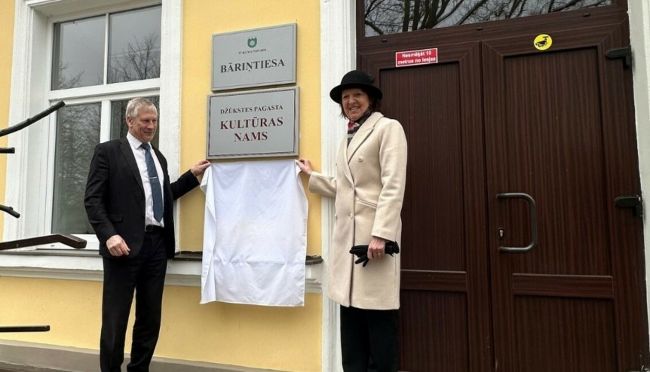Bridging the skill gap in public service digitalisation in Latvia

Anita Livija Rozenvalde
In Latvia, the sparse population distribution has created a situation wherein a large portion of (especially the rural) population experiences low accessibility to public services. The effect of this used to be magnified by spatial fragmentation, where accessing services provided by different institutions would also require travel to different locations. As digital advancements continue to open doors to remote public service use, the situation has improved.
However, the lack of digital skills has become a barrier to further improvements; therefore, public service provision has required not only digitalisation, but also parallel support for public service uptake.
Latvia is one of the European Union countries with a long history of public service digitalisation efforts. Despite this long-term legacy, work is still ongoing to enable inhabitant uptake of digital solutions. The portal latvija.lv for access to digital public services and state institution websites commenced operations in 2006. However, it was in 2008 when the first digital public service was opened for use - citizens could access and edit information on persons declared at the address of their property. Soon more services were added. In 2011, there were 39 e-services available, and now, in 2024, the number of e-services indicated as available for self-service on the portal is 1,389. In the meantime, digital skills have not increased - the population with "basic" or "above basic" digital skills has fluctuated between 43.0% and 50.8%, landing at 45.3% in 2023. This shows that the gap between e-public service development and digital skills is significant. While alternative ways of receiving services remain, the large proportion of the population not being able to engage with e-services means that both digital and alternative avenues have to be maintained, which can be resource-intensive.
it was in 2008 when the first digital public service was opened for use - citizens could access and edit information on persons declared at the address of their property.
Number of Unified State and Municipal Customer Service Centers per LAU
Gap between growing re-service availability and stagnant digital skills in Latvia
One of the most recent openings of a new centre in April 2024, in attendance of the opening Minister of Environmental Protection and
Regional Development Inga BErziia

//Copyright: Ministry of Environmental Protection and Regional Development
Recognising the need to increase and optimise accessibility of state and municipal public services overall, the Ministry of Environmental Protection and Regional Development initiated a pilot project to test the joint provision of these services in unified centres in 2014. The pilot project was resoundingly successful, with 71.6% of surveyed inhabitants supporting the state and municipal public service unifying initiative.
Since 2015, unified State and municipal customer service centres have been implemented as a national-scale, long-term solution that ensures access to public services. The number of centres has grown from only 5 (found in Riga, Daugavpils, Valmiera, Roja and Auce) during piloting in 2014 to 215 in 35 municipalities today.
The number of centres has grown from only 5 (found in Riga, Daugavpils, Valmiera, Roja and Auce) during piloting in 2014 to 215 in 35 municipalities today.
New centres are continuously being added to the map - several centres were opened in April 2024, including in Džūkste, and it is planned that the network will cover the entire country.
Since 2015, the centres have focused on providing general access to public services, not only by serving as public service access points in even closer proximity to remote communities, but also by aiding citizens in navigating the services and their procedures via in-person employee guidance. The centres also provide points of access to the internet, as well as support with internet and e-service use to those unable to engage with them independently. User satisfaction with the centres is high, with clients assessing their overall satisfaction with the services received at consistently around 9.5 points out of 10 on average . This also aligns with an increasing uptake of digital e-services - the number of times e-services have been requested has grown every year. However, it must be recognised that the use of the centres is not territorially homogenous, and digital skills of the Latvian population are not showing consistent long-term growth.
This means that to ensure the accessibility of public services in the long run in a rapidly digitalising country like Latvia, the valuable work of the unified State and municipal customer service centres and their employees must be supplemented with lifelong learning opportunities. The State Education Development Agency of Latvia has been addressing lifelong digital education through initiatives such as the "Learning for Adults" project.
Anita Livija Rozenvalde Ministry of Environmental Protection and Regional
Development of Latvia